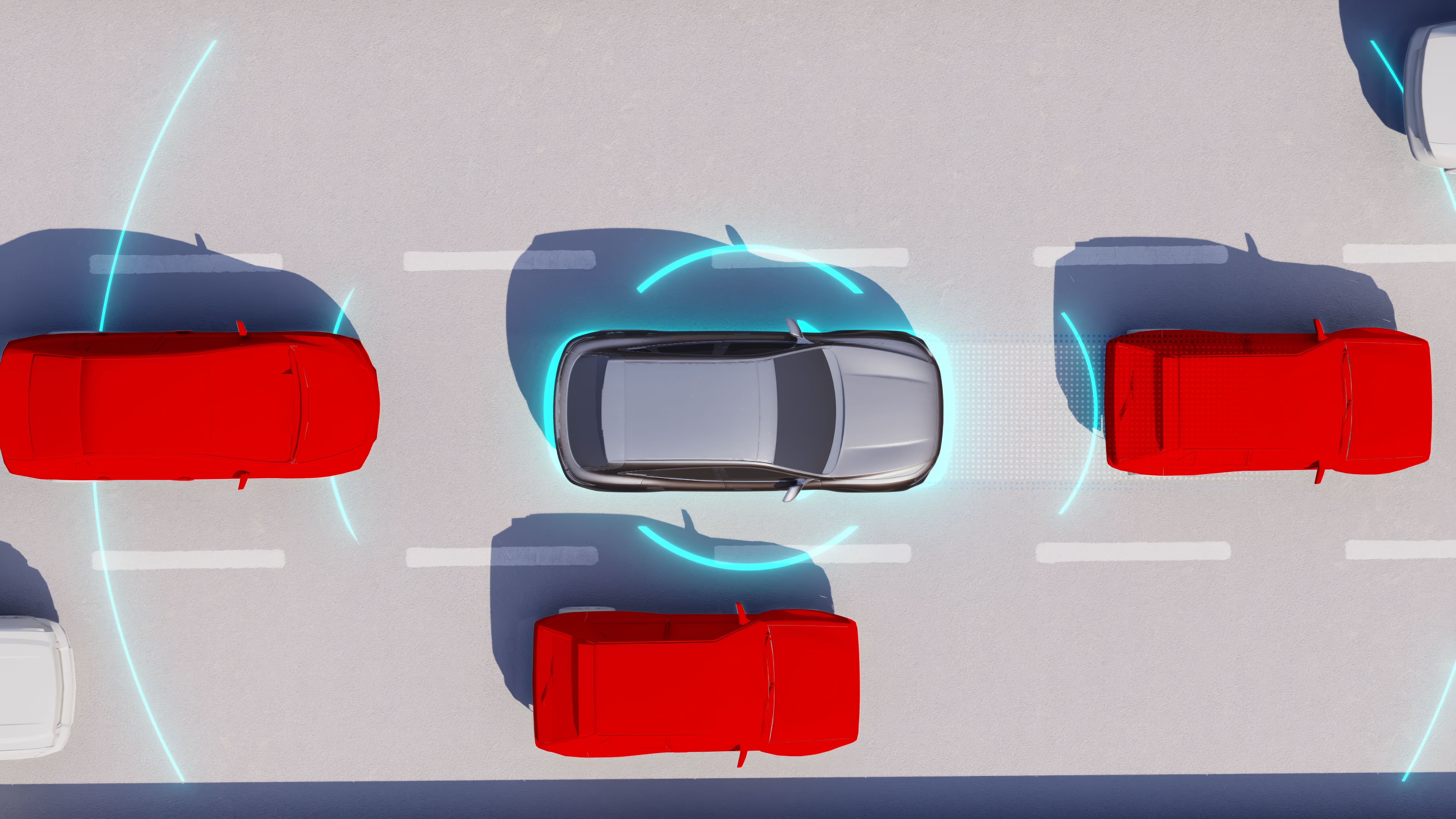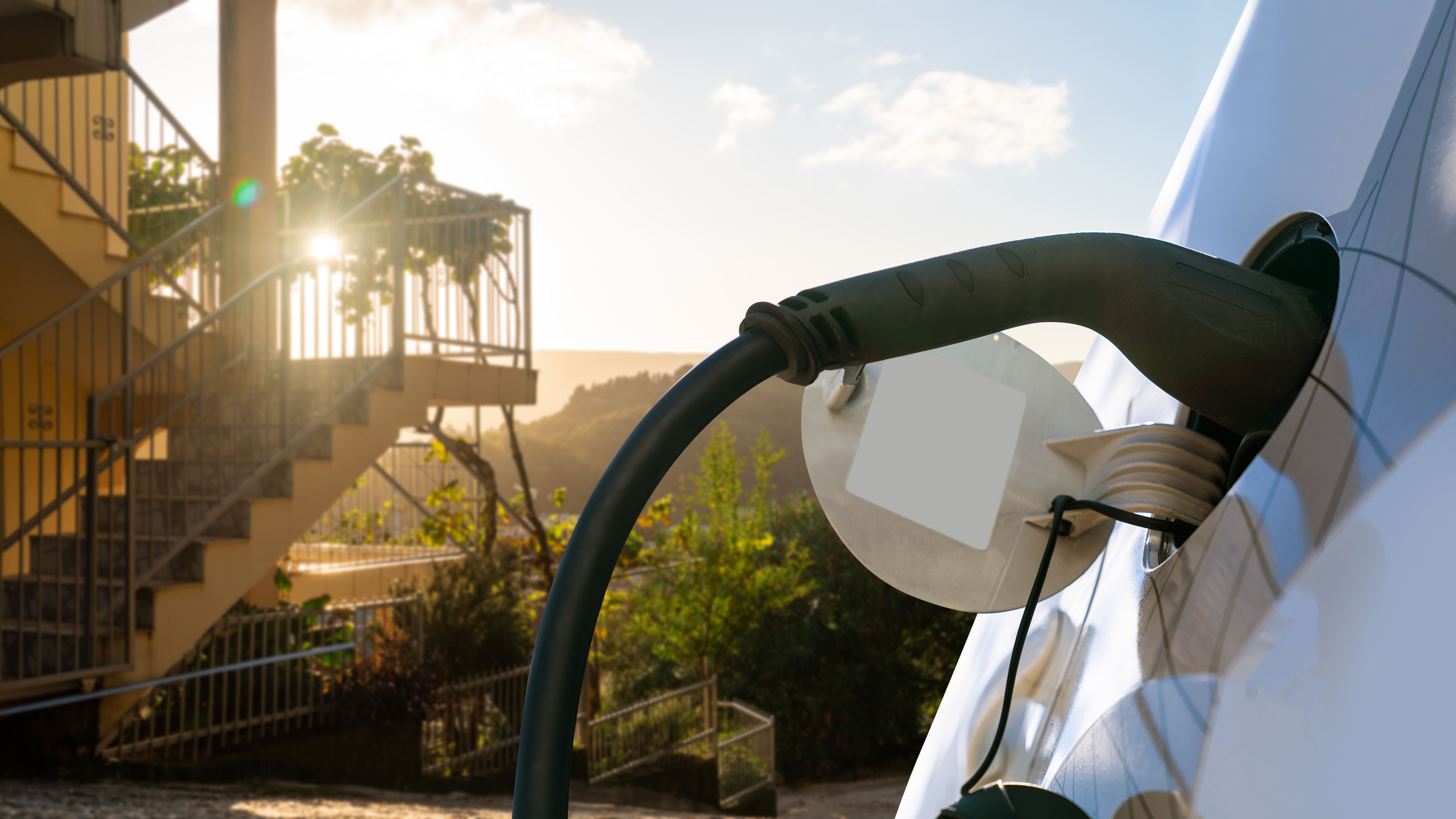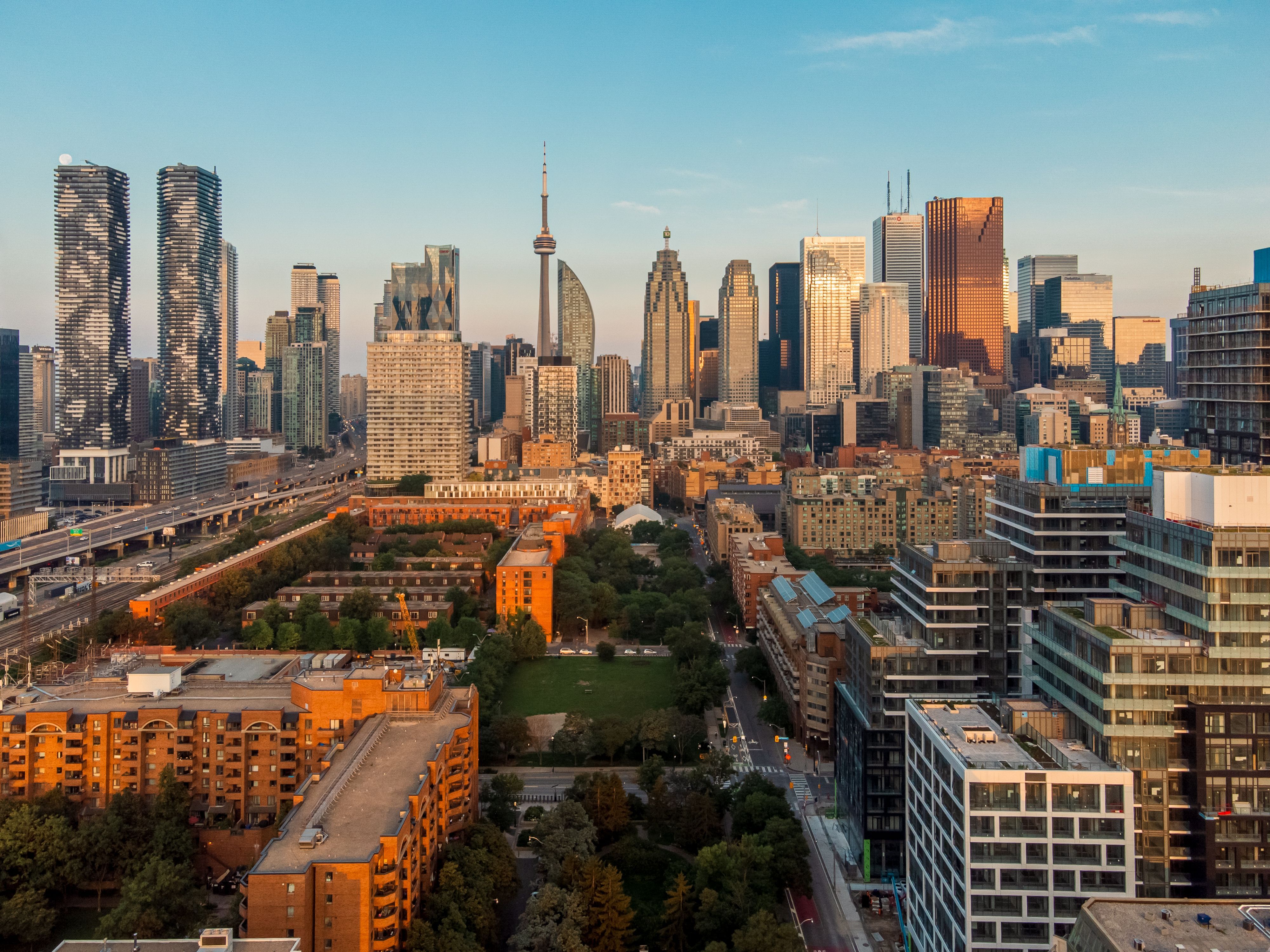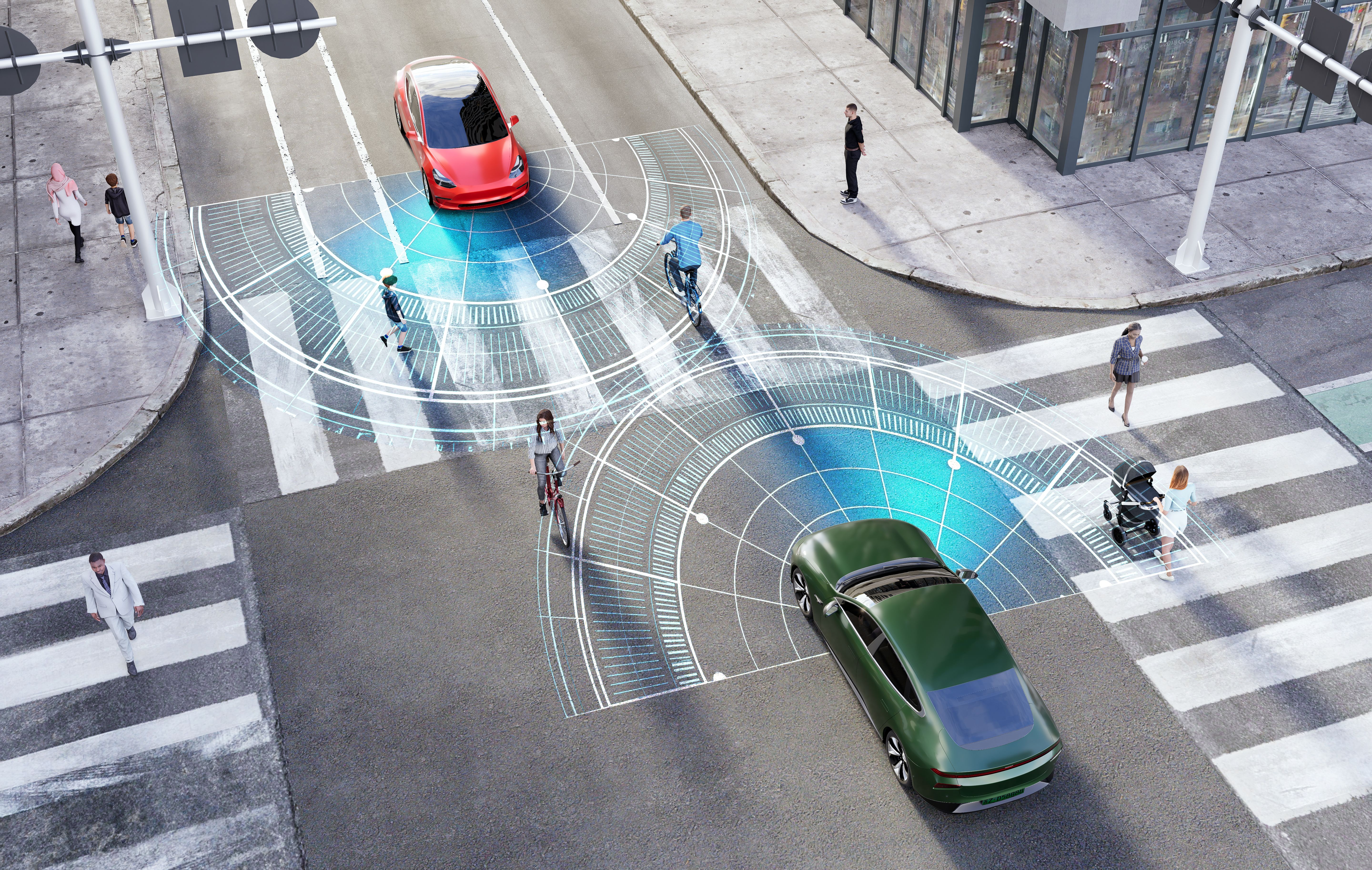Exploring the Future of Transportation Services in Western USA
Introduction to the Future of Transportation
The landscape of transportation services in the Western USA is undergoing a transformative shift, driven by advancements in technology, sustainability concerns, and changing consumer expectations. As urban areas continue to expand, the demand for efficient and eco-friendly transportation solutions has never been greater. From autonomous vehicles to high-speed rail systems, the future of transportation is poised to redefine how people and goods move across the region.
Autonomous Vehicles: A Game Changer
Autonomous vehicles (AVs) have been a hot topic in the transportation sector for several years. With major tech companies and automakers investing heavily in AV technology, the Western USA is at the forefront of this innovation. Cities like San Francisco and Phoenix are already testing self-driving cars on public roads. The potential benefits of AVs include reduced traffic congestion, lower emissions, and improved safety. However, challenges such as regulatory hurdles and public acceptance remain critical factors to address.

High-Speed Rail: Connecting the West
High-speed rail is another significant development that could revolutionize transportation in the Western USA. Projects like the California High-Speed Rail aim to connect major cities with fast and reliable train services. This could dramatically decrease travel times between cities such as Los Angeles and San Francisco, while also reducing the carbon footprint associated with air travel and road congestion. The integration of high-speed rail into the existing transportation network presents both opportunities and challenges for urban planners and policymakers.
The Rise of Electric Vehicles
Electric vehicles (EVs) are rapidly gaining traction as a sustainable alternative to traditional gasoline-powered cars. States like California are leading the charge with incentives for EV adoption, including tax credits and expanded charging infrastructure. The growth of EVs is not only beneficial for reducing greenhouse gas emissions but also for stimulating economic growth through the creation of new jobs in manufacturing and infrastructure development.

Micro-Mobility Solutions
Micro-mobility solutions, such as e-scooters and e-bikes, are becoming increasingly popular in urban areas across the Western USA. These options provide a convenient and eco-friendly way to navigate crowded city streets and are particularly appealing to younger generations seeking flexible commuting options. As cities adapt to accommodate these new modes of transport, infrastructure improvements such as dedicated bike lanes and scooter parking zones are essential.
Infrastructure and Technological Integration
To support these evolving transportation modes, cities in the Western USA are investing in infrastructure improvements and technological integration. Smart traffic management systems, for instance, can optimize traffic flow and reduce congestion by leveraging real-time data. Furthermore, investments in smart infrastructure can enhance safety and efficiency, paving the way for seamless integration of new technologies like autonomous vehicles.

Environmental Impact and Sustainability
The push towards sustainable transportation solutions is driven by growing environmental concerns. With climate change at the forefront of global discussions, reducing emissions from the transportation sector is a key priority. Initiatives such as expanding public transit networks, promoting ride-sharing services, and encouraging the use of electric vehicles are all part of a broader strategy to create a more sustainable future for transportation in the Western USA.
Challenges and Opportunities
While the future of transportation services in the Western USA is promising, it is not without its challenges. Infrastructure costs, regulatory changes, and public acceptance are just a few hurdles that must be overcome. However, these challenges also present opportunities for innovation, collaboration, and growth. By investing in new technologies and fostering public-private partnerships, the region can lead the way in developing a modern transportation ecosystem that meets the needs of its diverse population.
Conclusion
The future of transportation services in the Western USA is both exciting and complex. As we look ahead, it is clear that technological advancements, sustainability efforts, and urban planning will play pivotal roles in shaping how we travel. By embracing these changes and addressing the associated challenges head-on, the Western USA can pave the way for a more connected, efficient, and sustainable transportation future.

